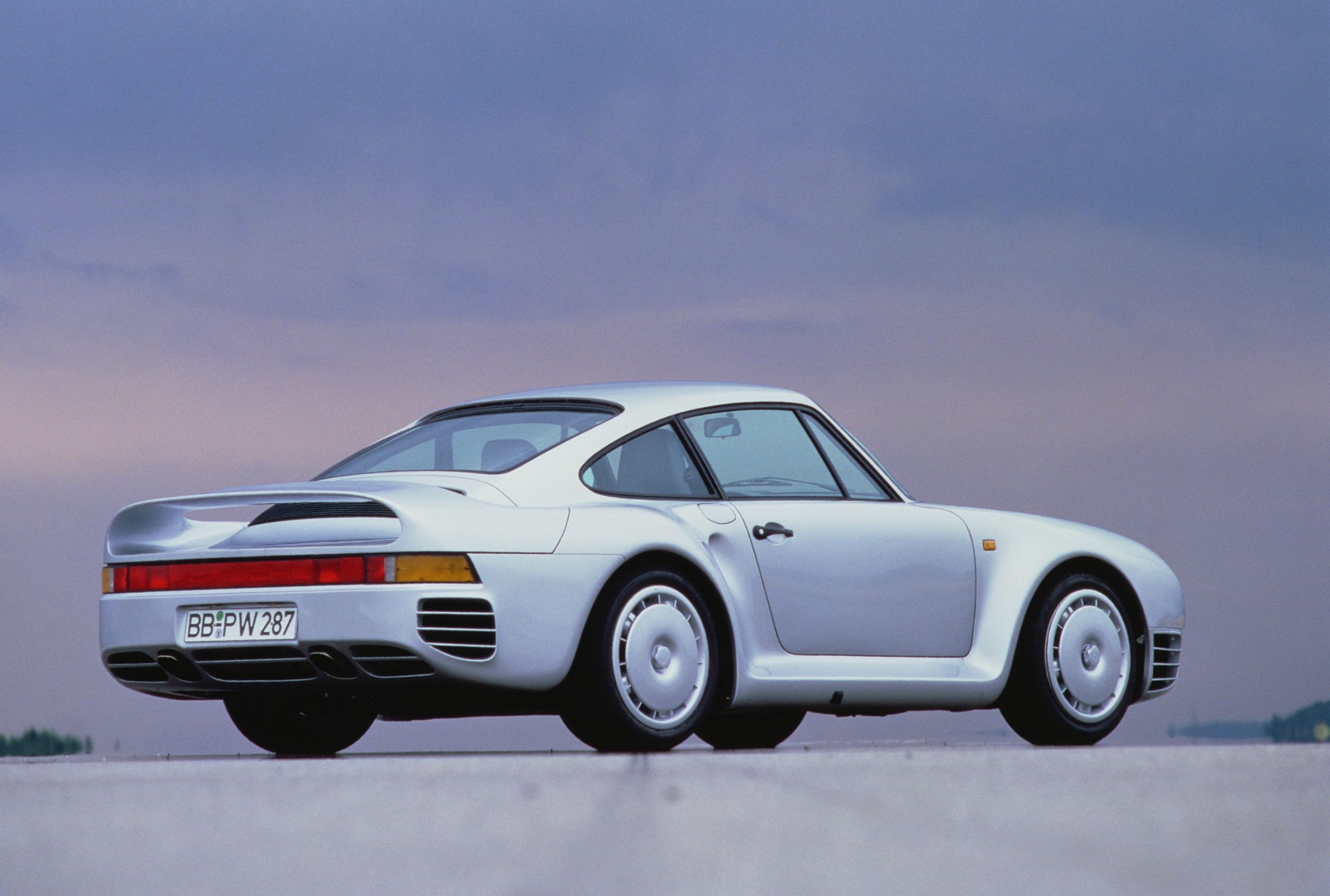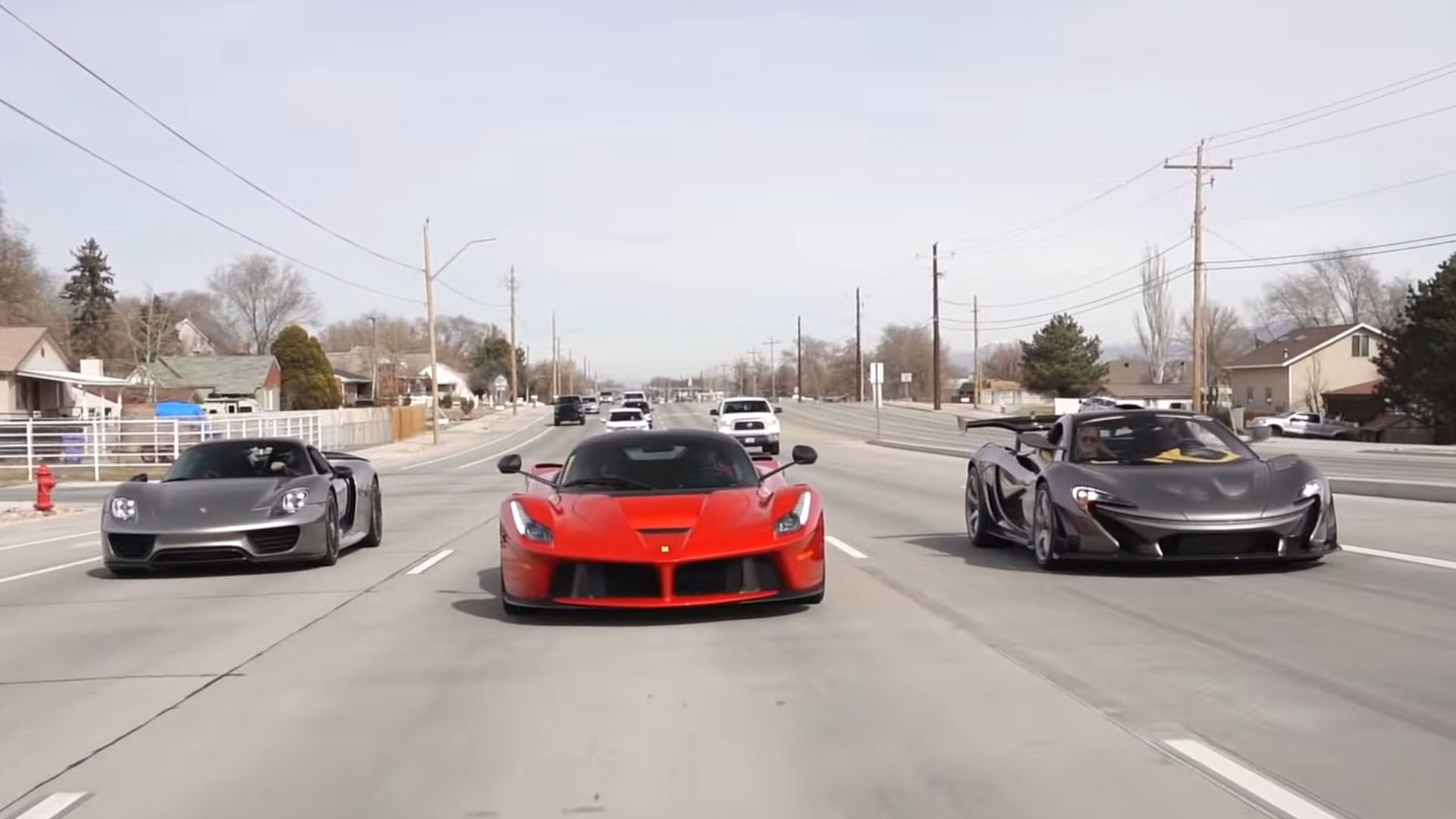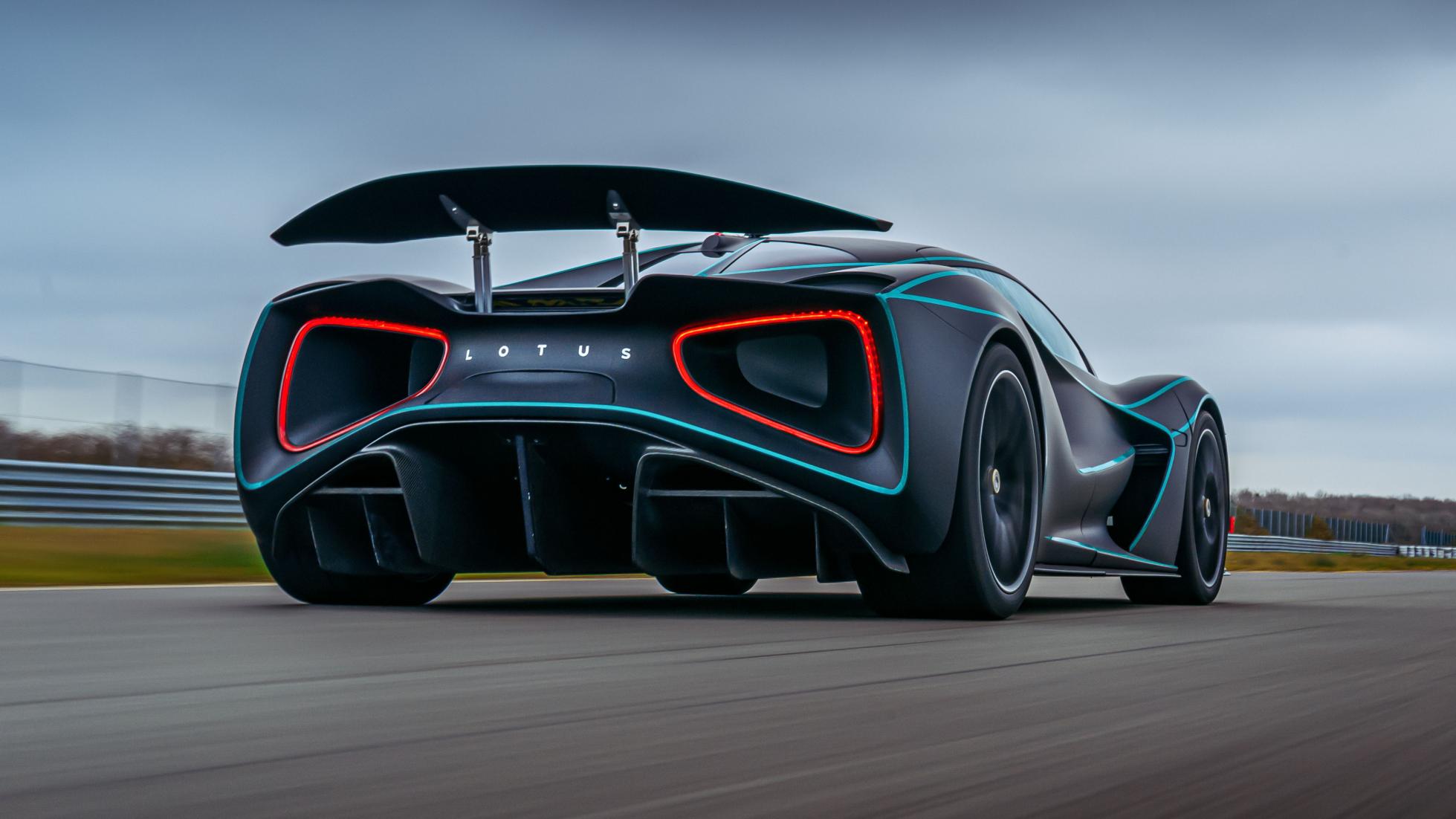Technology plays a significant role in every facet of human existence. It has transformed the way people think, communicate, and carry out their daily activities. It’s no different when it comes to automobiles.
In the world of supercars, technology is the driving force behind the relentless pursuit of pushing performance limits to new heights.
With each passing year, advancements in engineering and innovation are revolutionizing the capabilities of these extraordinary machines. From powerful engines and lightweight materials to cutting-edge aerodynamics and advanced driver assistance systems, technology is propelling supercars into uncharted territory, delivering unprecedented levels of speed, agility, and exhilaration. This relentless integration of technology is reshaping the automotive landscape and paving the way for a new era of supercar performance.
Constant performance limit reset due to evolving technology.
The rapid pace at which technology evolves has meant that there are always new limits to discover and possibilities previously thought absurd and unattainable.

There was a time when the Porsche 959 was considered the most technologically advanced supercar. Among other innovations, the supercar boasted multiple trip computers when many cars had none or one at most. They controlled everything from the all-wheel drive system to how fuel was delivered for maximum engine performance.
The Porsche 959 is still pretty impressive by today’s standards. However, its technological setup pales in comparison to the Porsche 918 Spyder, which, in turn, now lags behind modern marvels like the Rimac Nevera or the Koenigsegg Jesko. A few years from now, the Koenigseggs and Bugattis of today will inevitably be ranked behind cars that will be miles ahead in terms of technology and performance.

Some variants of the twin-turbocharged 959 were capable of speeds in excess of 200 mph. It made the 959, together with the Ferrari F40 and a few other supercars, members of the so-called ‘200 mph club.’ Today, most supercars top out north of 200 mph, and that milestone is no longer as exclusive as it used to be.
The new magic number is 300. In September 2019, Bugatti punched its ticket into a new era of exclusivity by leveraging all the cutting-edge technology at its disposal. That month, a Bugatti Chiron hypercar set a record for the fastest production car after it hit a 304.77 mph top speed during a VMax run. To put this in perspective, a Boeing 747 passenger plane takes off at around 184 mph!

For now, the Chiron is still the only car to have cracked the 300 mph barrier. There are other serious contenders, though, like the SSC Tuatara, Hennessey Venom F5 and the Koenigsegg Jesko. Indeed, it is only a matter of time before the Chiron is sharing membership of this rarefied speed club with some of its rivals.
The ever-changing performance map is all down to how technology has expanded the limits of supercar performance thanks to its influence in virtually every area of supercar development.
Combustion engines
Combustion engines remain the most popular power source for our motor vehicles, even in this era of electrification. The principle remains largely unchanged – air and fuel mix in a metal cylinder, and the resulting power pushes the car forward. What has changed dramatically are the ways via which the combustion is achieved. There have been quantum leaps in areas such as fuel injection, turbocharging and compression ratios.

The result is combustion engines that are more powerful and capable than we have ever seen. At the heart of the Chiron’s record-breaking speed is a formidable 8.0-litre Quad-turbocharged engine that cranks out 1,578 hp and 1,180 lb-ft of torque!

Yes, the Bugatti has a monstrous 16-cylinder and four turbochargers to help it generate so much power. However, on the other end of the spectrum, we have carmakers like Koenigsegg, who have demonstrated that engine power is no longer a question of size or displacement. The Swedish carmaker has designed a revolutionary 3-cylinder engine that weighs only 154 lbs (70 kg). Dubbed the Tiny Friendly Giant (TFG), this unit makes an astounding 600 hp and 443 lb-ft of torque!
Hybrid and electric powertrains

Technological innovations have also made hybrid and electric powertrains increasingly popular in high-performance cars. Electric motors provide instant torque, beneficial for launching a supercar off the line at insane speeds. An example is the Rimac Nevera, capable of hitting 60 mph in less than 2 seconds.

Hypercars like the McLaren P1, Ferrari LaFerrari and the Porsche 918 Spyder ushered in a new era of hybrid technology where electric motors were paired with combustion engines. Hybrid powertrains offer the advantage of more power while reducing the carbon footprint of performance vehicles.
The technology is now much more accessible and is no longer restricted to seven-figure hypercars. Series production supercars like the Ferrari SF90 Stradale, Ferrari 296 GTB and the new Lamborghini Revuelto all sport hybrid powertrains with loads of horsepower and performance.
Advanced traction control systems

A supercar’s performance is not just about engine power. Just as crucial is how that power is delivered to the wheels; this is another area where technology plays a key role. We have advanced traction control setups like the computer-controlled independent torque vectoring in the Rimac Nevera. The highly sophisticated system makes up to 100 calculations per second, working out the precise level of torque to channel through each wheel for optimal stability.
In general, these advanced traction control systems monitor wheel slip and adjust power delivery to individual wheels. This technology maximizes grip, enhances acceleration, and improves cornering abilities, especially in challenging driving conditions.
Lightweight materials and advanced manufacturing technologies
Carmakers are constantly seeking to optimize the power-to-weight ratio of their performance machines. This is achieved not just by increasing the engine output but also by trimming the car’s weight. Lighter cars have better power-to-weight ratios, which enhances acceleration, handling, and fuel efficiency.

Advanced manufacturing techniques have made lightweight materials such as carbon fibre and aluminum alloys extremely popular with supercar manufacturers. Pagani is known for using carbotanium, a combination of beta-titanium alloy and carbon composite, for its hypercars. Another boutique carmaker, Czinger Vehicles, employs cutting-edge 3D printing technology to help produce the 21C, its first hypercar.

Technology is also helping redefine supercar performance in many other ways that may not be so obvious. Modern supercars now boast advanced data logging and telemetry systems. They allow drivers and engineers to analyze performance data in real-time, quickly identifying areas for improvement and fine-tuning the car’s setup for maximum performance.
Technological breakthroughs have influenced the evolution of suspension systems. Now, we have electronically controlled suspension setups with adaptive dampers. They can constantly make split-second adjustments based on the road conditions, enhancing the overall handling capabilities of the car.

There are clearly other factors at play when it comes to supercar evolution and performance. Examples include customer tastes and government regulations. However, technology is undoubtedly the singular most significant factor that not only underscores the performance of today’s supercars but also gives a glimpse into what the performance of future supercars could look like.



